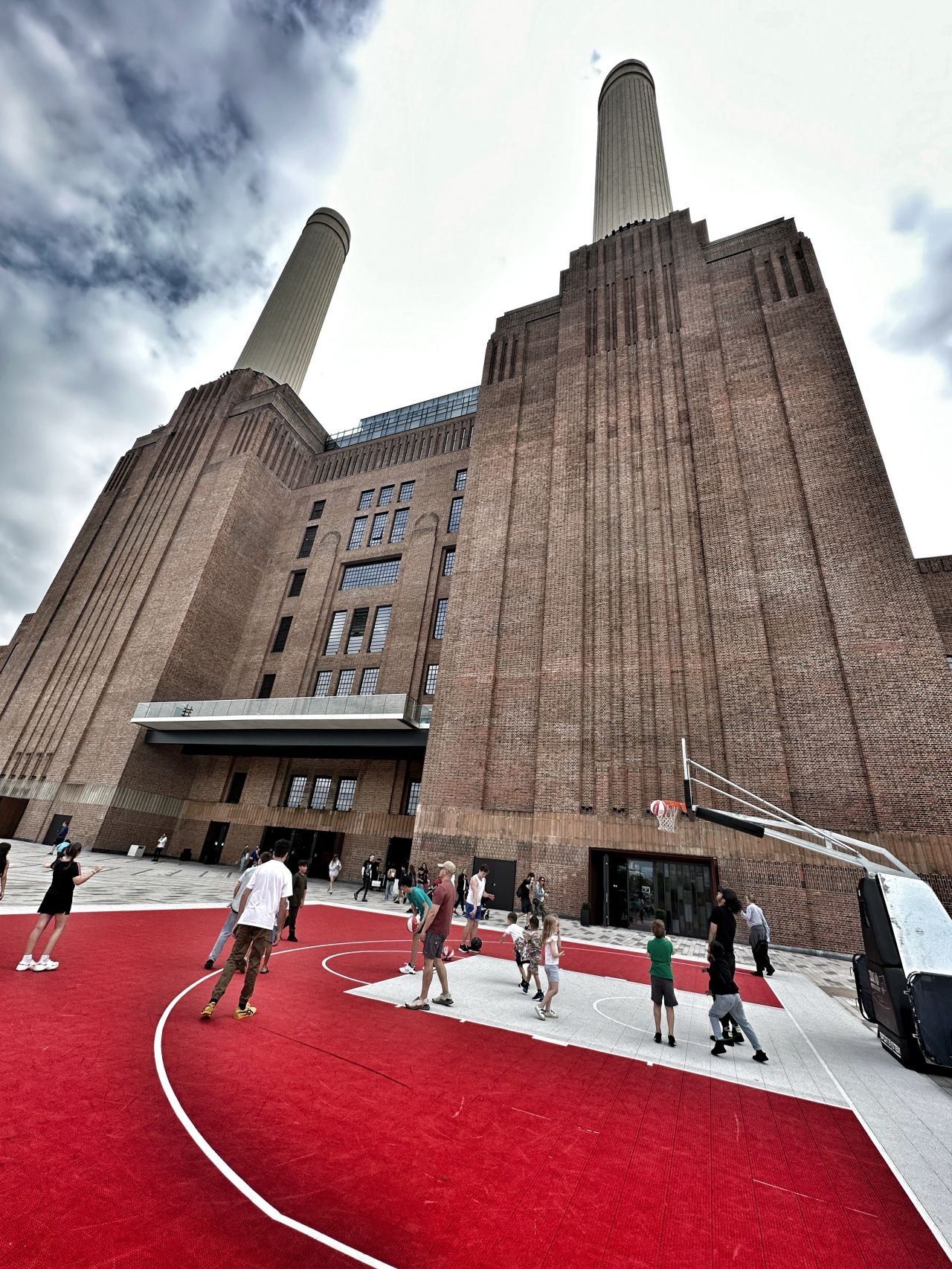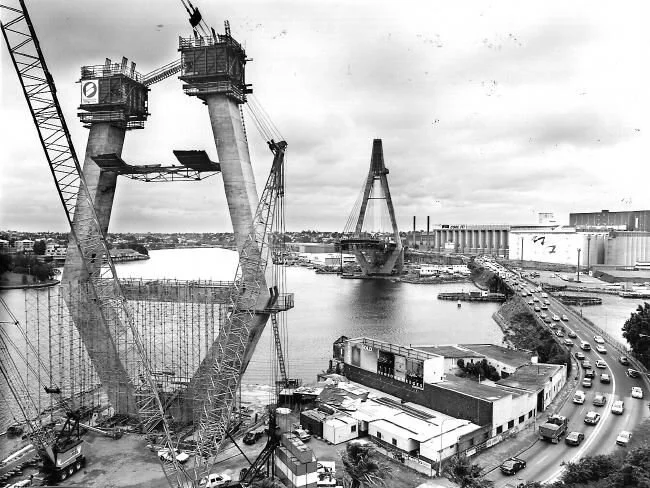Southsea. Photo courtesy Flickr/BMiz/CreativeCommons
Neon lights, sticky carpets and non-stop beeping sounds are engrained into the character and charm of English seaside towns. For decades, locals and tourists alike have flocked to the arcade to spend their spare change on games that would now be no match for even the most simple of iphone apps. Are amusement arcades a timeless piece of English culture, or are they nothing nothing more than outdated and tacky relics of the past?
Amusement arcades boomed throughout the 70s and early 80s when private computer games were non-existent and Space Invaders, Pac-Man and Frogger seemed to be ever-growing in popularity. As private computers and consoles launched onto the scene in the 90s, it's no wonder traditional arcades experienced a decline. Technology wasn't the only change to impact the arcade, anti-smoking and gambling laws were large scale societal changes which altered the way we utilise and perceive indoor entertainment space.
But despite all of this, the arcade has survived.
As I rode my bike through Norfolk at the weekend, the local towns were filled with arcades packed to brim of families holding ice-creams, reaching into their pockets for another round of Nascar. If arcades aren't the innovative places of entertainment they used to be, how do they exist?
Going to the seaside is something of a spectacle in the UK. But in one of the world's drizzliest countries, it's not always possible to sit on the beach all day. The arcade's iconic architecture, wide doorways and expansive internal layouts, depict the arcade's ability to offer leisure in what seems and feels to be a very public space.
While entertainment may come at an expense, much like a good cafe or pub, arcades offer an internal public setting to what is often a cold and drizzly outdoor world.











